How Long Does It Take To Charge Electric Cars? Tips Full Guide 2022
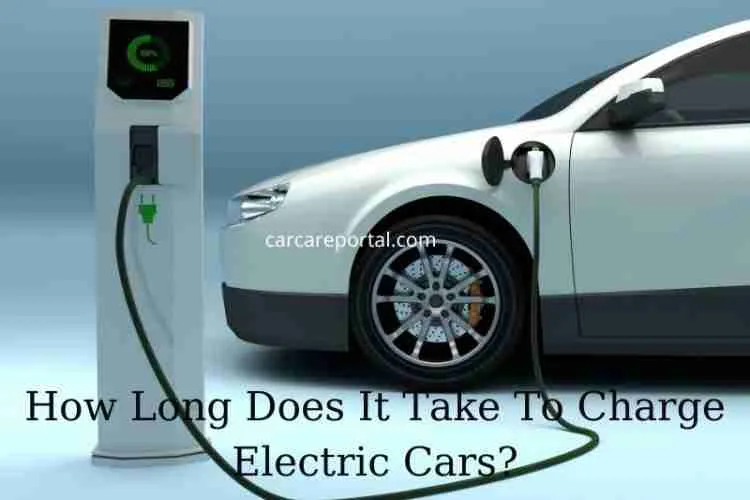
Electric cars are becoming increasingly popular, as they are more environmentally friendly than traditional petrol or diesel cars. One of the main concerns people have about electric cars is how long it takes to charge them.
In this article, Carcareportal will look at How Long Does It Take To Charge Electric Cars, and what factors can affect this.
What is top-up charging?
Electric car drivers charge their cars by plugging into the charger whenever they park. This can be done at home overnight, at work, at the gym, or the office. This is known as top-up charging.
Instead of waiting for the battery to fully charge, drivers should make good use of the time their car is parked (95% of the time) to keep it charged up.
The public and workplace charging points range is typically between 7kW and 22kW. This makes them great for top-up charging. Our guide explains how to access public charging.
You can charge your electric car at night by combining daytime top-up and overnight charging at home.
Factors that impact charging speed
The time it takes for an electric vehicle to charge is affected by five main factors.
- Battery size: The more extensive your vehicle’s battery (measured in kWh), it takes to charge.
- The battery’s state (empty or full): It will take longer for your battery to charge if it is open.
- Maximum charging rate for vehicle: A vehicle’s maximum allowable charge rate is the rate it can be charged. If your car has a total charge rate of 7kW, you can’t trust it faster with a 22kW charger.
- Maximum charging rate at ChargePoint: This will limit the time it takes for your vehicle to charge. Even though your car can charge at 11kW, it will only charge at 7kW at a 7kW charger.
- Factors such as the environment: It can take slightly longer for your device to charge due to a colder temperature, mainly if you use a rapid charger. Vehicles that are colder are also less efficient and will take longer to set.
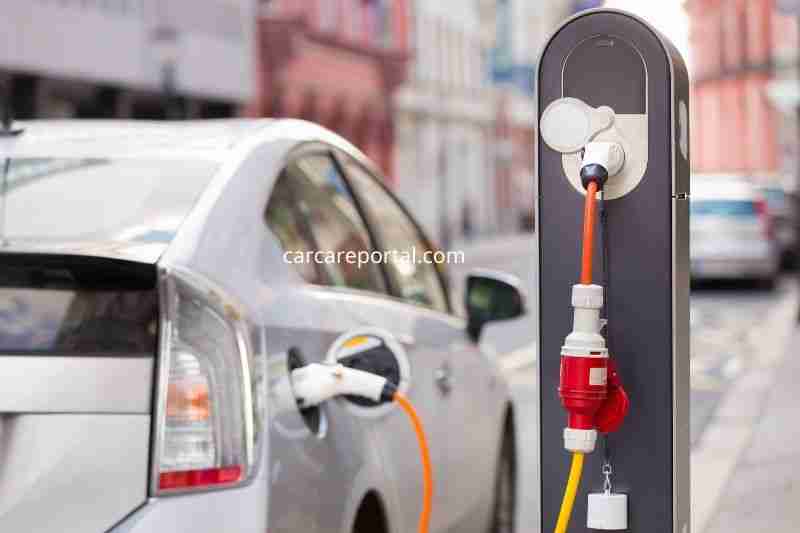
Your Power Source for Charging
The charging source is what determines how fast an EV can charge. This is commonly called charging speed or charging level.
According to SAE International, there are currently three levels of charging for EVs: Level 1, Level 2, and DC Fast Charging. The latter is sometimes called Level 3, though it doesn’t exist. Tesla Supercharging can also be considered DC fast charging.
1. Level 1 (AC)
A standard 120-volt (15 amp) household outlet is the best way to charge almost any item in North America. This is Level 1 charging. It takes several days to fully charge an EV if you plug it into a standard household outlet. This is not measured in hours.
Although the Level 1 setting may be possible, it is not practical in all cases. This is especially true if the EV’s battery needs to be fully charged.
You can expect to gain three to six miles per hour with Level 1 charging. Level 1 charging is suitable for those who drive only 30-40 miles per day. It can take four days to charge a Tesla Model 3 Long Range car, 353 miles of EPA-estimated range. It’s still better to plug an EV parked into a power source than not plug in.
2. Level 2 (AC)
Most EV owners rely upon Level 2 charging at their homes. You will need a 240-volt outlet to do this. Home EV charging is done at Level 2. These outlets are typically 50 amp and allow safe charging at a maximum of 40 amps. They also ensure the car charges as fast as possible. They can range from 12 amps up to 80 amps.
A Level 2 cable or station for charging at home is also required. A portable charging adaptor may be included with an EV you purchase. A hardwired charging station is necessary for any circuit exceeding 40 amps.
Important to remember that while many people are used to calling this equipment a “charger”, it is incorrect. The car’s charger is built into it (more on the onboard chargers later).
The equipment that charges an EV is known as Electric Vehicle Supply Equipment (EVSE). We’ll be following the example of EVSE being called a charger, as it is easier to understand.
Although many variables exist, Level 2 charging can add 20-30 miles to your driving range every hour. However, Level 2 charging should allow you to fully set up your electric vehicle in less than an hour. It takes approximately 10 hours to fully charge the Tesla Model 3 Long Range using Level 2.
Public charging stations can also be set at Level 2. A lot of public charging stations are also Level 2.
3. DC Fast Charging/Tesla Supercharging
A DC Fast Charging station or a Tesla Supercharger is the fastest way to charge your EV. Technically speaking, the Level 3 setting is not correct. Level 1 and Level 2 rely on alternating current (AC), while Level 3 charging uses direct current (DC).
Level 2 public charging can be a great option if you have the time, but it is not practical for filling up on the road. Although DC fast charging may not be as fast as pumping gas yet, it is quick enough to get you on the road again in as little as 30 minutes.
You can expect to charge your battery up to 80% in about 30 to 45 minutes. However, charging stations vary according to speed and each EV’s charging curve.
If you are planning a road trip with your electric vehicle, you can use your car’s built-in navigation system to find fast-charging stations along your route. Many apps can assist you if your vehicle does not have this feature.
When planning your route, remember that it is best to charge between 10% and 80% at each stop. While there are many variables, this should provide the fastest charging.
Most EV drivers won’t drive their cars until the battery is almost dead. Charging to 100% will take a lot more time and cause a delay in your charging session. It would help if you only set enough to get to the next station so that you can make the most of the car’s fastest charging phase.
The charging capacity of your car
When calculating how long it will take to charge your car, consider its charging capacity. To calculate the best charging time for an electric vehicle, divide the battery capacity (measured as kWh) and the power rating of the car’s onboard charging station. Next, add 10% to the power loss associated with charging it.
A 2022 Tesla Model 3 Long Range, for example, has an 11.5-kW charger and a 75 kWh battery pack. It would take approximately 6.5 hours to charge using a Level 2 fully.
Tesla Superchargers can charge at 250kW. This would reduce the charging time to around 15 to 25 minutes.
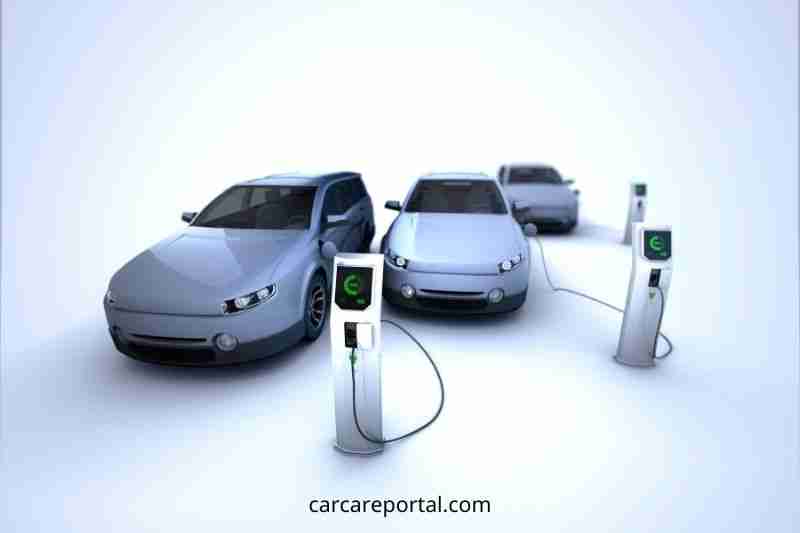
Rapid Charging: What You Need to Know
Although rapid charging may seem simple and convenient, there is a catch. The battery’s capacity to charge rapidly can be reduced if it is less than 20% or more than 80%.
This prevents the battery from being overcharged and maintains its optimal condition. Manufacturers often measure charging times by the time it takes for DCFCs to charge your battery by 80%.
Initiatives like the EV Charging Network make rapid charging easier thanks to six electric utility giants who plan to build DCFCs in 17 states. Volkswagen is exploring mobile charging robots for “filling up” its batteries without investing in new infrastructure.
How Long Does It Take To Charge Electric Cars?
What would the time take to fully charge some electric cars that are the most popular on the road?
These approximate calculations are based on a Level 2, power source, and charging capacity according to the manufacturer’s websites (unless noted otherwise) for the following 2022 cars.
- Chevrolet Bolt EV: 7 hours
- Nissan Leaf: 8 Hours
- Tesla Model S (Long Range), up to 12 hours with Tesla Wall Connector (according To Inside EVs).
- Tesla Model 3 (Long Range),: Tesla Wall Connector can be used for up to 8 hours (according to Inside EVs).
- Porsche Taycan: 9.5 hours
- Mini SE Hardtop: Maximum 5 Hours
- Audi E-Tron: 10.5 hours
- Polestar 2: 8 Hours
- BMW i4: Less than 10 hours
Tips for charging
These are some suggestions from EV experts to make charging a little easier.
If you need to travel on a side trip, sign up for ChargePoint.
Before you use it, familiarize yourself with charging while running. You won’t waste time in a parking lot late at night trying to figure out the app.
Learn the natural range of your vehicle and how heating or air conditioning can reduce your mileage. This is not what the manufacturer claims.
You might want to know when others are using chargers.
FAQs
1. Can you install a Level 3 charger at home?
Level 3 chargers, which are expensive and unsafe for home installation, are unavailable. A public charger is the best option if you need to charge your car at its highest level.
2. Can you charge an EV at a Tesla charging station?
You can charge non-Tesla vehicles at their charging stations. To do this, however, you’ll need an adaptor. Tesla stated that it would soon open Supercharger charging stations.
3. Where can an electric car be charged?
Your EV can be charged at home, at public charging stations, in restaurants and malls, or in other public locations.
Read more:
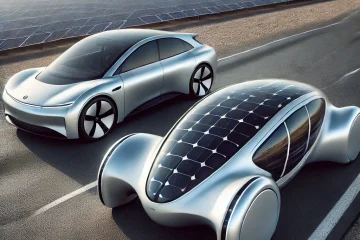
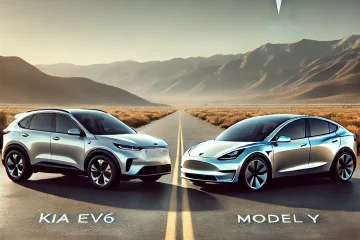
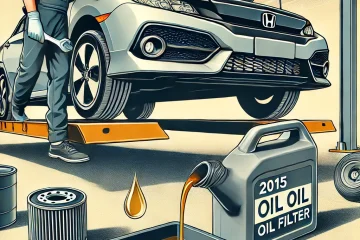
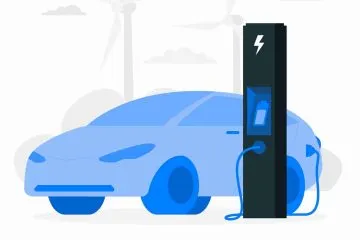








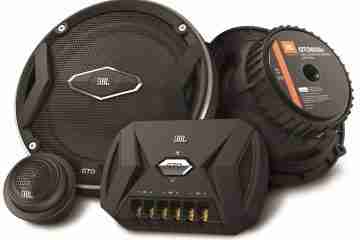
No Comment